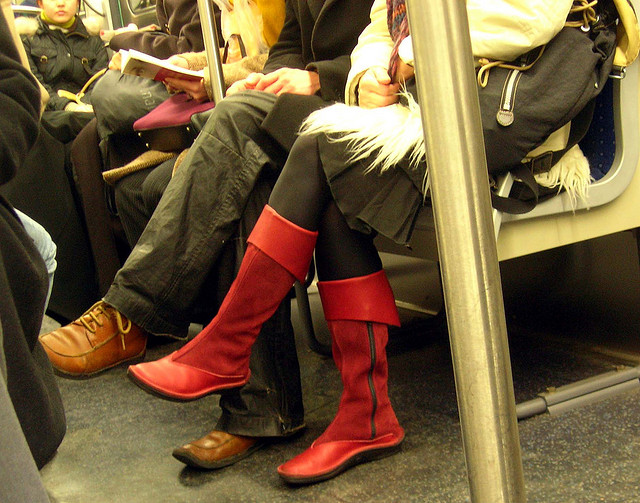Though the words you say clearly are essential when you are trying to book a client or get an investor on board, a lot of how you come across comes down to how you present yourself physically. Yes, we are talking about the importance of body language.
How you stand, hold your head and move your hands can make a major impact on how you come across to a room of people. According to a study led by Amy Cuddy (@amyjccuddy), an associate professor of business administration at Harvard Business School, standing in a power pose for a few minutes before an interview can literally help you get the job. Watch Cuddy’s excellent TED Talk on power poses here. According to Cuddy, power posing also increases people’s tolerance for risk and pain, and their ability to think abstractly (so start practicing your Wonder Woman pose now). We researched some of Cuddy’s best tips and highlighted great lessons from Dr.Carol Kinsey Goman, the author of 12 books including The Silent Language of Leaders: How Body Language Can Help—or Hurt—How You Lead, for you to use in your next big presentation.
At the end of the day, just channel your inner Beyonce!
To improve your speech, use your hands.
Though sometimes people say making too many movements with your hands connotes nervousness, it doesn’t have to. “Since gesture is integrally linked to speech, gesturing as we talk can actually power up our thinking,” said Goman.
Do not physically condense.
Goman says women tend to condense their bodies, keeping their elbows to their sides, tightly crossing their legs, stacking their things in small, neat piles, and contracting themselves to take up as little space as possible. She points out that high status males do the opposite. Men tend to expand into available space and take up room.“Remember that status and authority are non-verbally demonstrated through height and space. So stand tall, pull your shoulders back, widen your stance, and hold your head high.” Goman is not saying to stretch and put your feet on the desk when making a presentation but to sit up, widen your stance, and spread out a bit.
To show agreement, mirror expressions and postures.
Goman says when clients or business colleagues unconsciously imitate your body language, it’s their way of nonverbally saying that they like or agree with you. “When you mirror other people with intent, it can be an important part of building rapport and nurturing feelings of mutuality,” she said.
To maximize your authority, curb your enthusiasm.
Sometimes appearing over excited can make you look weak. Goman said, “In situations where you want to maximize your authority—minimize your movements. Take a deep breath, bring your gestures down to waist level, and pause before making a key point. When you appear calm and contained, you look more powerful.” You also don’t want to smile too much. Employed at the right times, smiling can be one of the most powerful and positive non-verbal cues, and especially potent for signaling likability and friendliness. But when the subject turns serious, you need to sport your serious face.
To increase participation, look like you’re listening.
If you really want to show people you are listening, then actually show you are listening (i.e. put down your phone)! Goman says you can show your focus by turning your head and torso to face them directly and by making eye contact. Leaning forward, nodding and tilting your head are other nonverbal way to show you’re engaged and paying attention.
Do power poses!
Cuddy wants women to do power poses both before and during their presentation. Her point is that women need to do these power poses not only because it helps them connect with their audience and come off as more authentic, but because it will literally help them also convince themselves. Instead of faking it til you make it, Cuddy suggests “Fake it until you become it.”
This piece was written by Meredith Lepore and is republished by permission.
Image credit: CC by Gideon



